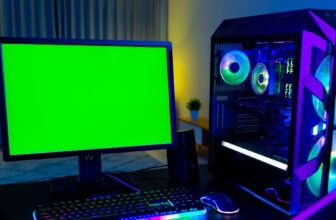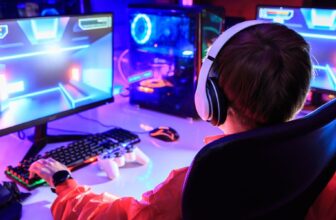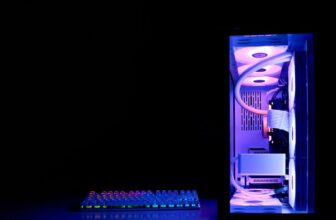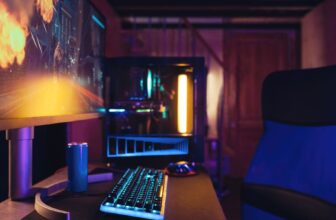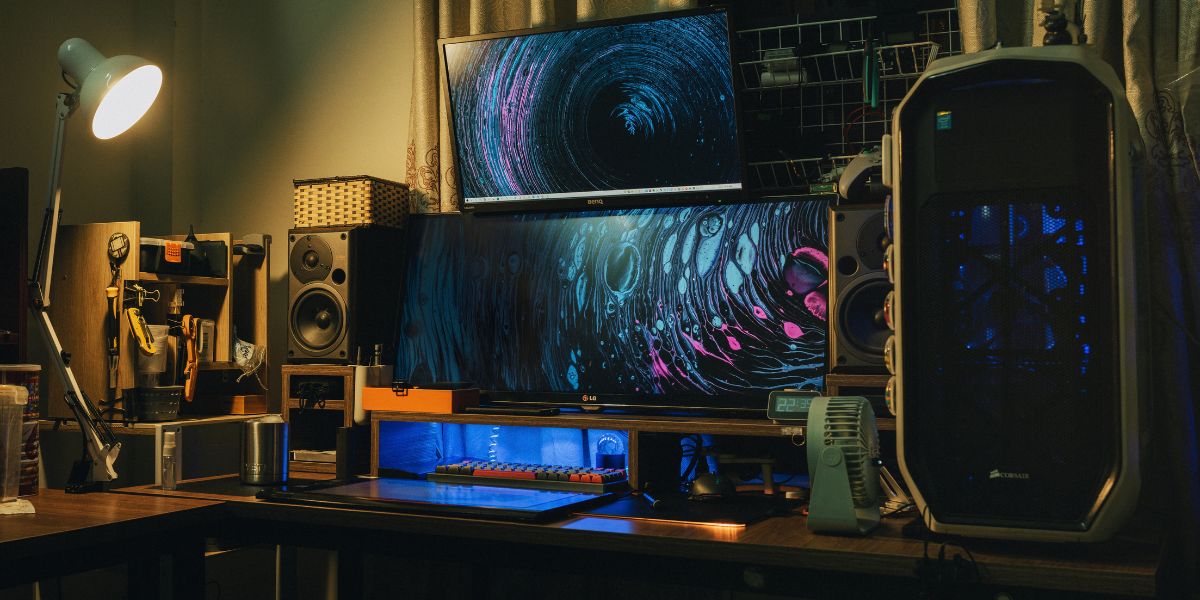
To enhance your gaming desktop's performance, optimizing key components is essential. From updating graphics drivers to managing startup programs, each step plays a crucial role in maximizing your gaming experience. But what about the lesser-known tweaks that can truly skyrocket your system's capabilities? Stay tuned as we uncover advanced techniques that can push your gaming desktop to its limits and unlock unparalleled performance potential.
Updating Graphics Drivers
Regularly updating your graphics drivers is essential for maintaining optimal performance on your gaming desktop. Graphics drivers act as a bridge between your hardware and software, ensuring that your games run smoothly and efficiently. Outdated drivers can lead to compatibility issues, poor performance, and even crashes during gameplay. By keeping your graphics drivers up to date, you can take advantage of the latest optimizations and bug fixes provided by manufacturers.
To update your graphics drivers, first, identify the make and model of your graphics card. Visit the website of the manufacturer – whether it's NVIDIA, AMD, or Intel – and look for the latest driver for your specific card. Download the driver and follow the installation instructions provided. Many manufacturers also offer software that can automatically detect and update your drivers for you, making the process even easier.
Managing Startup Programs
To enhance your gaming desktop's performance, optimizing startup programs can significantly improve boot times and overall system responsiveness. When your computer starts up, various programs automatically launch in the background, consuming valuable system resources. By managing these startup programs, you can streamline the boot process and allocate more resources to your games.
To manage startup programs on Windows, access the Task Manager by pressing Ctrl + Shift + Esc, then navigate to the 'Startup' tab. Here, you can disable unnecessary programs from launching at startup, reducing the burden on your system. On macOS, go to System Preferences, Users & Groups, and then the Login Items tab to control which programs launch at startup.
Optimizing In-Game Settings
When aiming to maximize your gaming desktop's performance, adjusting the in-game settings can enhance your overall gaming experience. Start by tweaking the graphics settings. Lowering the resolution, turning off anti-aliasing, and decreasing shadow and texture quality can significantly boost your FPS (frames per second) and reduce lag during gameplay. Experiment with these settings to find the right balance between performance and visual quality that suits your preferences.
Additionally, adjusting the refresh rate and enabling V-Sync can help in reducing screen tearing and improving overall smoothness. It's also essential to optimize settings related to effects, lighting, and post-processing. Often, turning off unnecessary effects or setting them to a lower intensity can provide a smoother gaming experience without compromising on the visual appeal.
Don't forget to adjust the controls and keybindings to suit your playstyle. Customizing these settings can make your gaming sessions more comfortable and efficient. By fine-tuning these in-game settings, you can ensure that your gaming desktop is delivering the best performance possible for an immersive gaming experience.
Cleaning Dust and Debris
Ensure your gaming desktop's optimal performance by regularly cleaning dust and debris from its components. Over time, dust can accumulate inside your desktop, clogging up fans, heat sinks, and vents. This build-up can lead to overheating issues and decreased performance. To prevent these problems, it's essential to clean your desktop regularly.
Start by shutting down your desktop and unplugging it from the power source. Use compressed air to blow out dust from the fans, heat sinks, and crevices. Be gentle to avoid damaging any delicate components. For stubborn dust, you can use a soft brush or cotton swabs to carefully remove it.
Focus on key areas such as the CPU and GPU fans, power supply unit, and intake/exhaust vents. Pay attention to filters if your desktop has them, as they can also get clogged with dust.
Monitoring System Temperature
Wondering how hot your gaming desktop is running during intense gaming sessions? Monitoring your system temperature is crucial for ensuring optimal performance and longevity of your hardware. High temperatures can lead to decreased performance, thermal throttling, and even hardware damage if left unchecked. To monitor your system temperature, you can use various software tools like HWMonitor, Core Temp, or SpeedFan. These programs provide real-time temperature readings for your CPU, GPU, and other components, allowing you to keep track of any overheating issues.
Regularly checking your system temperature can help you identify if your cooling system is functioning properly or if any components need additional cooling. If you notice consistently high temperatures, consider improving your PC's airflow, cleaning out dust, or upgrading your cooling solutions. By monitoring and managing your system temperature effectively, you can ensure that your gaming desktop performs at its best without risking overheating-related issues.

